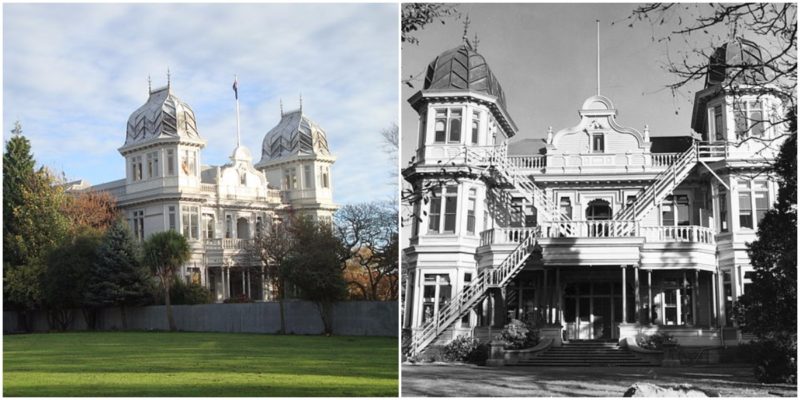McLean’s Mansion is located in the center of the city of Christchurch, South Island, New Zealand. At first the mansion was called “Holly Lea”, but later it became known as McLean’s Mansion, after its first owner. It is believed that at the time it was the largest wooden house in New Zealand. At its highest peak it was celebrated because of its outstanding and grand interior.
The construction of the building started in April 1899 and was finished in September 1900. Set on 5 acres and on three floors, the 53 room building was designed by Robert England. He was an important architect from Christchurch. England combined the Jacobean architectural style with Victorian elements, utilizing local materials, primarily the native kauri tree. The construction of McLean’s Mansion was led by Rennie and Pearce builders.
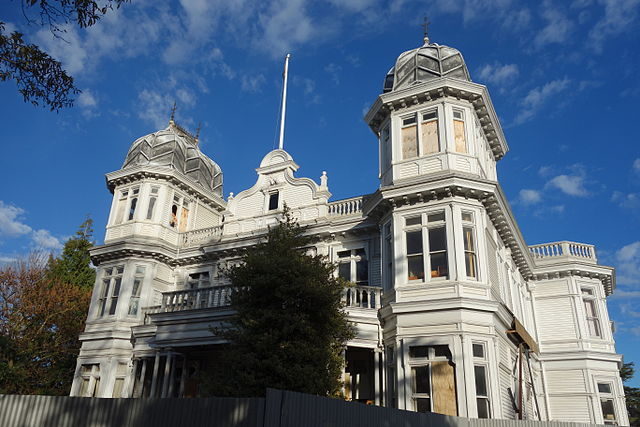
The mansion was erected for 78-year-old bachelor Allan McLean (1822-1907) who was well known as a wealthy immigrant from Scotland and a famous philanthropist. Before his death, McLean created the McLean Institute, which in the years since his death has helped many in financial crises or suffering social injustice.
The place was used as a private residence for only 13 years, and Mr. McLean lived in it the last seven years of his life. After his death, the mansion served as a headquarters for the McLean Institute.
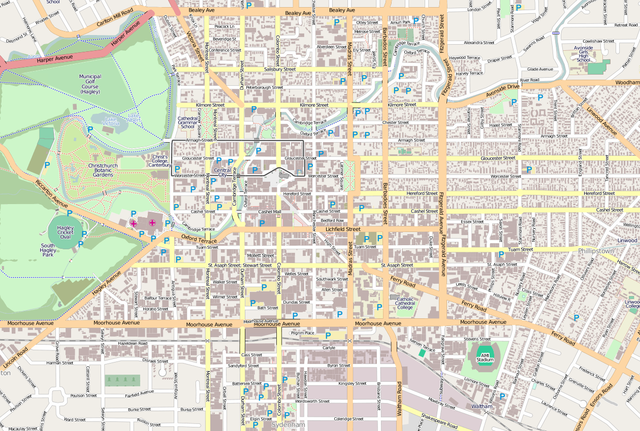
In the next years there where plans for the mansion to be adapted into a South Island residence for the Governor-General (viceregal representative of the monarch of New Zealand, now Queen Elizabeth II), but this never happened. Later the building became a dental nurse’s hostel for the New Zealand School Dental Service, and it is regarded as one of the most significant places for the development of New Zealand’s dental medicine care. Then, for a while, it served as a Salvation Army rest home. After this McLean’s Mansion was used as classrooms for different training academies until 2011 when it was seriously damaged, especially its interior, in the Christchurch earthquake.
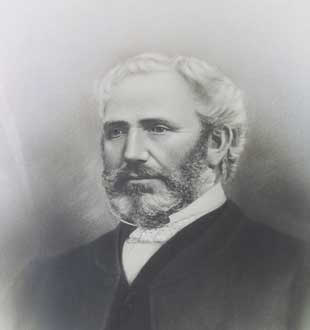
After the earthquake the owners didn’t want to repair the building because it would be too expensive. A formal application was made to the city authorities for demolition which was approved in July 2013 by CERA (Canterbury Earthquake Recovery Authority). They officially declared McLean’s Mansion as dangerous and unsafe, and that in near future it would be demolished.
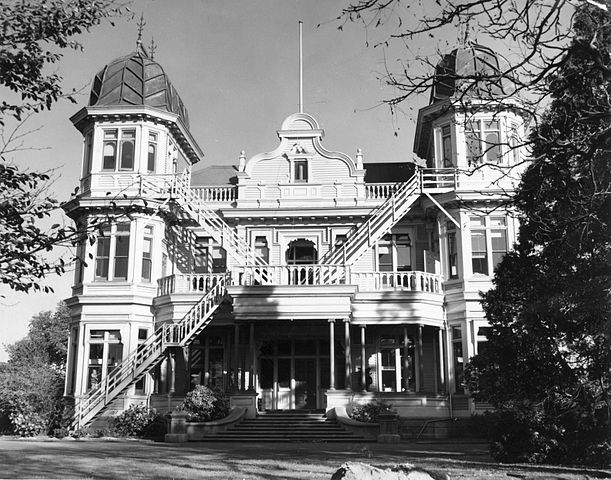
This announcement woke up the community and the Court immediately refused the CERA demolition order. The order was also rejected because the building is registered as a Category 1 monumental structure since 1983. Locals believe that the demolition was proposed mainly because that the owners wanted to sell it and with the application they wanted only to raise the price of the mansion and not because it was unsafe for living or other activities. This building with very high cultural and historical value, but also with emotional value for the citizens of Christchurch, was saved.
The owners sold the McLean’s Mansion in December 2016 to a trust who received money from Christchurch City Council. Other funds are also included in collecting the finances needed for the reparation work. The trust believes that very soon the mansion will be completely reconstructed and that its architectural uniqueness will be finally preserved. The symbol of Christchurch in future will be a tourist attraction and it will be used as a gallery and for music and art performances too.
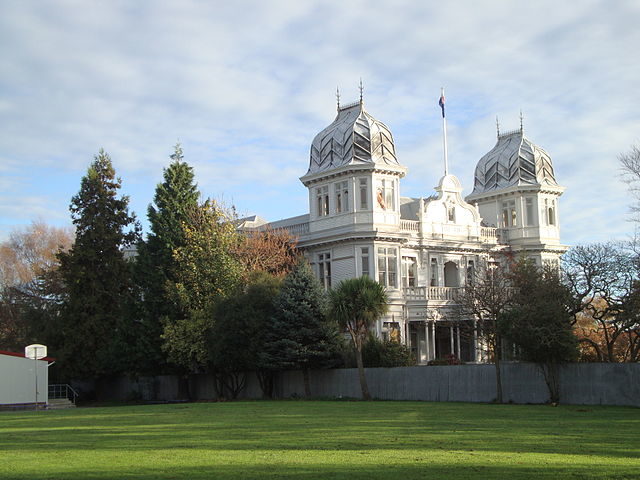
It is interesting that while it was deserted and in danger of possible demolition, its bad condition has been photographed by a group of anonymous urban explorers and the photos of the destroyed interior were released in public. Although their activity was considered as illegal, in fact their forbidden action on the private property raised the awareness of the community for better protection of the mansion. The photos with the chaos inside showed the characteristic ornaments, the carved ceilings, the balustrades and the grandiose staircase slowly fading away. That was the the final warning. Nobody wanted to lose the artwork of the ingenious Christchurch craftsmen from the end of the 19th century.
